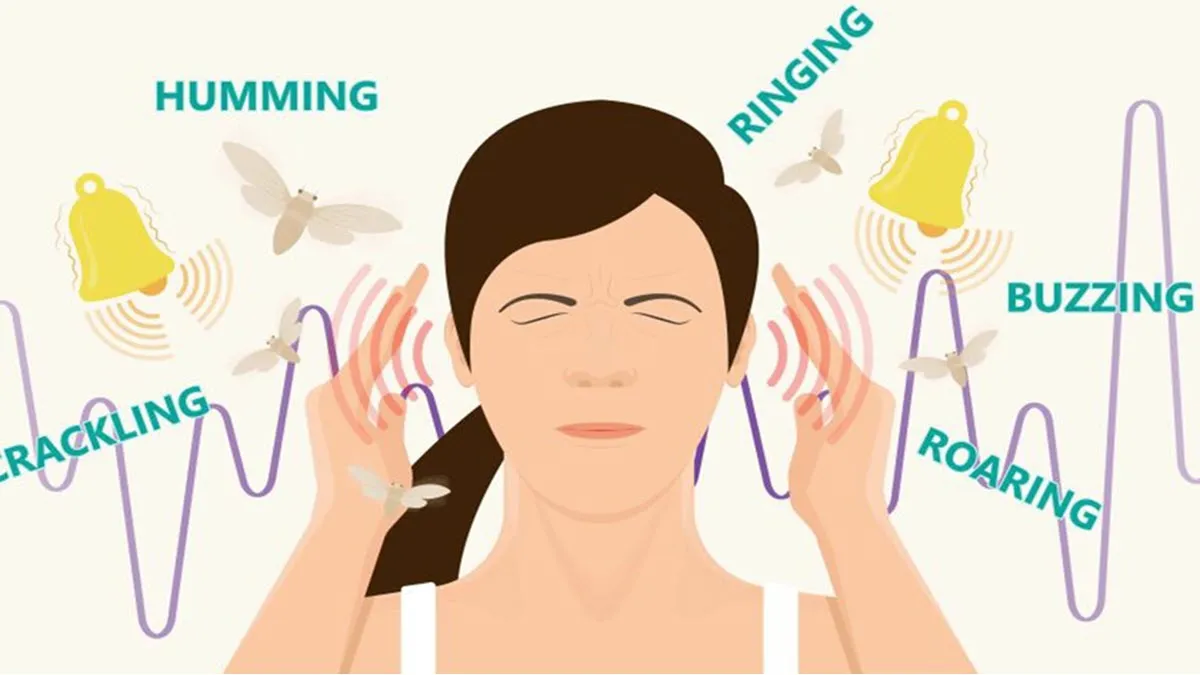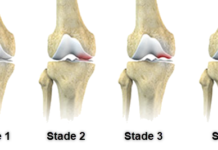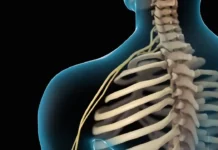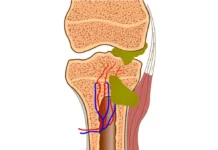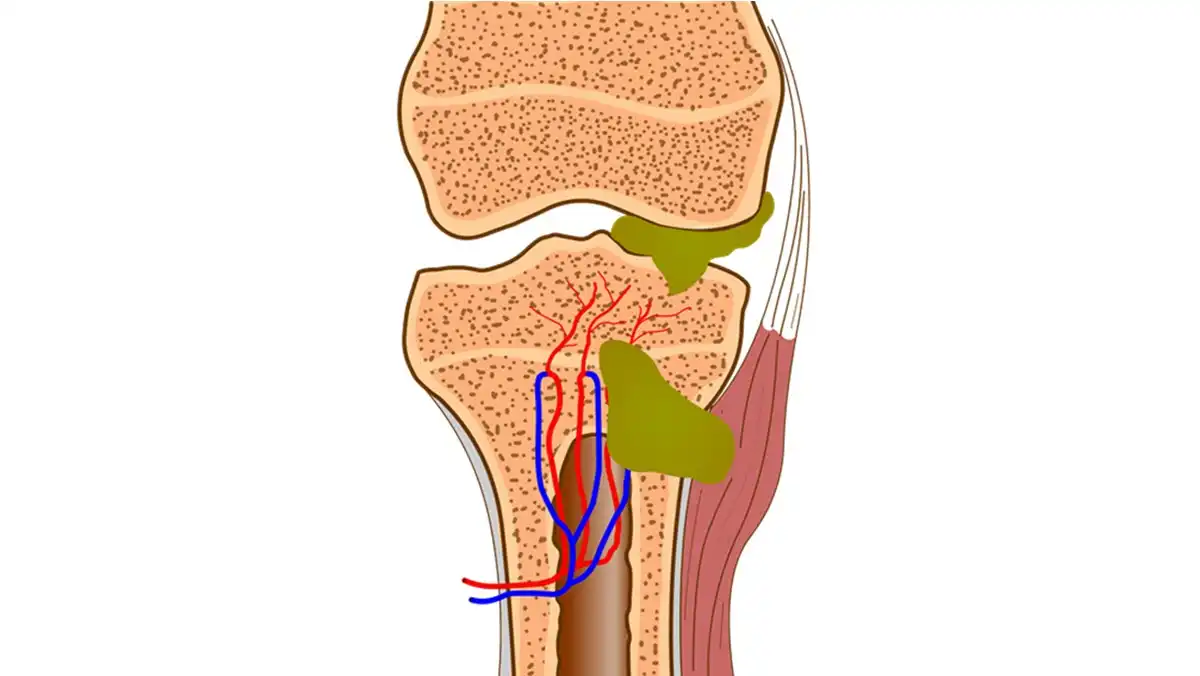Introduction
This represents phantom auditory perception, where a sound is perceived without there being corresponding vibrational activity in the inner ear. This phenomenon is similar to phantom limbs or pain. To qualify as tinnitus, the perception of a phantom sound must last at least five minutes. Although more than 90% of the population can hear this type of sound for short periods of time, it usually disappears within a few seconds.
It is important to note that the inner ear, also called the cochlea, is not always the source of the noises associated with tinnitus. For example, cutting the auditory nerve is not an effective solution to reduce tinnitus, and in some cases, tinnitus perception does not decrease at all.
The consequences of living with tinnitus can sometimes be felt deeply by some people, to the point of completely controlling their lives, or even causing suicidal tendencies. However, the majority of people with tinnitus experience it without devastating repercussions.
Tinnitus can occur intermittently, continuously, or synchronized with the heartbeat. They are common, affecting approximately 15-20% of the population, especially among older people.
Certain solutions, such as hearing aids and background music, can help reduce these annoying noises. Additionally, Eustachian tube stimulation appears to have a beneficial effect in the treatment of tinnitus.
At the cranial level, correcting temporal bone dysfunction and relaxing the cervical fascia can provide significant relief from tinnitus. This improvement in symptoms is explained by the influence of the position of the temporal bones on the opening and closing of the cartilaginous part of the Eustachian tube.
Misalignment of the temporomandibular joint (TMJ) can negatively impact the Eustachian tube. Thus, any lateral deviation of the jaw must be corrected. Myofascial release of the lateral pterygoid and masseter muscles plays a crucial role in jaw deviation and thus in the treatment of tinnitus.

Tinnitus in the Middle Ages
In the Middle Ages, tinnitus was not understood in the modern medical context, but rather interpreted through cultural, religious and mystical prisms. Here are some perspectives on how tinnitus could be perceived at that time:
- Mystical interpretations: Tinnitus was often considered mystical phenomena or divine signs. Some believed that these noises in the ear could be messages from God or manifestations of supernatural influences.
- Superstitions and omens: Tinnitus was sometimes associated with superstitious beliefs. People believed that sounds in the ear could be omens, predicting either good or bad. Interpretations could vary depending on the type of sound perceived.
- Treatment with traditional remedies: Methods of treating tinnitus in the Middle Ages often involved traditional remedies, such as the use of herbs, potions or amulets. These remedies were often based on magical or spiritual beliefs.
- Influences of Humoral Theories: Ancient humoral theories, which were still predominant, suggested that imbalances in bodily humors could cause various symptoms. Tinnitus could be interpreted as the result of such imbalances, although these ideas were not specific to tinnitus.
In summary, tinnitus in the Middle Ages was often perceived through cultural and religious filters, with explanations tinged with mysticism and popular beliefs. Modern medical understanding of tinnitus as a phenomenon related to hearing and ear physiology did not exist at that time.
Causes of tinnitus
Here are some of the possible causes of tinnitus:
- Noise Exposure: Prolonged exposure to high sound levels, whether at work, during leisure activities, or due to sudden sound trauma, can damage the hair cells in the inner ear, leading to tinnitus.
- Age: Natural aging can lead to hearing loss, which can contribute to the development of tinnitus, especially in older adults.
- Ear Disorders: Conditions such as presbycusis, Ménière’s disease, otosclerosis, or ear infection may be associated with tinnitus.
- Temporomandibular joint (TMJ) problems: Disorders of the TMJ, which connects the jaw to the base of the skull, may be linked to tinnitus.
- Vascular problems: Vascular disorders, such as high blood pressure, can cause pulsing or pounding noises in the ears.
- Emotional factors and stress: Stress and anxiety can make tinnitus worse, although they are not necessarily the initial cause.
- Certain medications: Certain medications, such as antibiotics, diuretics, nonsteroidal anti-inflammatory drugs (NSAIDs), and others, may contribute to tinnitus.
- Brain Injury: Head trauma or brain damage can also be associated with tinnitus.
Tinnitus and pterygoid muscle
The relationship between tinnitus and the pterygoid muscle is a topic that has been explored, particularly in the context of temporomandibular joint (TMJ) disorders. The pterygoid muscles are located in the jaw area and play a role in jaw movement.
Temporomandibular joint disorders involve dysfunction of the jaw joint and surrounding muscles, including the pterygoid muscles. Some individuals with TMJ disorders may experience symptoms such as jaw pain, clicking or popping sounds during jaw movement, and, in some cases, tinnitus.
The proximity of the temporomandibular joint to the ear can lead to referred sensations, meaning that issues in the jaw area may be perceived as symptoms in the ear, including tinnitus. The complex interplay between the jaw, muscles, and the auditory system can contribute to the perception of abnormal sounds.
Bruxism, or teeth grinding, which involves the contraction of the pterygoid muscles, has also been associated with both TMJ disorders and tinnitus. The tension and strain on the jaw and surrounding muscles may influence the auditory system, potentially contributing to the development or exacerbation of tinnitus.
It’s essential to recognize that the relationship between tinnitus and the pterygoid muscle, as well as other jaw-related structures, is multifaceted. Tinnitus can have various causes, including exposure to loud noises, age-related hearing loss, or underlying medical conditions. If someone is experiencing tinnitus along with jaw-related symptoms, seeking evaluation and guidance from healthcare professionals, such as an audiologist or a dentist specializing in TMJ disorders, is advisable for a comprehensive assessment and appropriate management strategies.
Tinnitus and temporalis muscle
The relationship between tinnitus and the temporalis muscle is an interesting aspect worth exploring. Tinnitus refers to the perception of sound, such as ringing or buzzing, in the absence of external stimuli. The temporalis muscle, located on the side of the head, plays a crucial role in jaw movement and is involved in conditions like temporomandibular joint (TMJ) disorders.
Some individuals with tinnitus may experience a connection to jaw or muscle-related issues, and the temporalis muscle could be implicated. Temporomandibular joint disorders, characterized by problems with the jaw joint and surrounding muscles, may contribute to tinnitus. The close proximity of the temporomandibular joint to the ear can lead to referred sensations, including sounds perceived in the ear.
Bruxism, or teeth grinding, which involves the contraction of the temporalis muscle, has also been associated with tinnitus in some cases. The tension and strain on the jaw and surrounding muscles may influence the auditory system, contributing to the perception of abnormal sounds.
However, it’s important to note that the relationship between tinnitus and the temporalis muscle is complex and may vary among individuals. Tinnitus can have various causes, including exposure to loud noises, age-related hearing loss, or underlying medical conditions.
If someone is experiencing tinnitus along with jaw-related issues, consulting with healthcare professionals, such as an audiologist or a dentist specializing in TMJ disorders, could provide a more personalized assessment and appropriate management strategies.
White noise and tinnitus
White noise is often used as a management strategy for tinnitus, not necessarily to cancel it out but to provide relief or mask the perception of the ringing or buzzing sounds associated with tinnitus. While white noise may not eliminate tinnitus, it can help make the tinnitus less noticeable or bothersome.
Tinnitus is often more noticeable in quiet environments, as there are fewer external sounds to mask or distract from the internal noise perceived by the individual. White noise works by introducing a consistent, neutral sound that helps mask the tinnitus sounds. It doesn’t cancel out the tinnitus; instead, it creates a background noise that can make the tinnitus less prominent in the individual’s awareness.
White noise machines or apps produce a broad spectrum of sound frequencies, similar to the hissing sound of static on a television or the sound of rushing air. This noise is constant and can be adjusted to a level that is comfortable for the individual. By providing a continuous and consistent background sound, white noise can help reduce the perceived contrast between the tinnitus and the silence, making it less noticeable.
It’s important to note that while white noise can be beneficial for some individuals with tinnitus, its effectiveness varies from person to person. Additionally, white noise is just one of many strategies used in managing tinnitus, and individuals experiencing persistent or bothersome tinnitus should consult with healthcare professionals, such as audiologists or otolaryngologists, for a thorough evaluation and personalized guidance on tinnitus management.
WhiteNoiseSleepers
Pixabay
Pixabay
Pixabay
Treatment of tinnitus
- Hearing aids :
- Hearing aids are electronic devices designed to improve the hearing of people with hearing loss. They can be useful in partially masking tinnitus by amplifying surrounding sounds.
- Background music :
- Some patients find relief by listening to background music or calming noises. This can help mask unwanted tinnitus sounds and provide a more pleasant sound environment.
- Stimulation of the Eustachian tube:
- The Eustachian tube is a canal that connects the middle ear to the back of the nose and throat. Some medical professionals believe that Eustachian tube stimulation may be beneficial in treating tinnitus. This may include specific techniques to open and balance pressure in the middle ear.
- Osteopathic approaches:
- Osteopaths can use manual techniques to treat cranial and temporomandibular dysfunction, which can sometimes be linked to tinnitus. The goal is to improve the mobility of the skull and jaw bones to relieve symptoms.
- Interprofessional collaboration:
- It is often recommended to take a collaborative approach in the treatment of tinnitus. This involves collaboration between different health professionals, such as audiologists, doctors, osteopaths, and other specialists. Each professional can provide specific expertise to assess and treat the different facets of tinnitus.
Temporomandibular dysfunction
Temporomandibular dysfunction TMD may be associated with symptoms such as jaw pain, headaches, and in some cases, tinnitus.
However, some people have reported improvement in tinnitus symptoms after treating a jaw deviation through osteopathy or other similar approaches. Osteopaths may focus on assessing and treating mobility of the jaw, skull and neck, seeking to reduce muscular tension and restore musculoskeletal balance.
If you are considering osteopathy for jaw deviation and associated tinnitus, here are some things to consider:
- Medical Consultation: Before seeking complementary treatments like osteopathy, consult a healthcare professional, preferably a TMD specialist or specialist dentist, to get an accurate diagnosis of jaw deviation and tinnitus.
- Comprehensive assessment: A qualified osteopath will carry out a thorough assessment of your condition, focusing on the mobility of the jaw, skull, and neck. He may use manual techniques to release tension and restore balance.
- Interprofessional collaboration: Osteopathy can be used as a complement to other treatments, such as specific dental procedures or rehabilitation exercises recommended by specialists.
- Regular medical follow-up: Be sure to maintain regular follow-up with your healthcare professionals, including the osteopath and any other specialist treating your condition.

